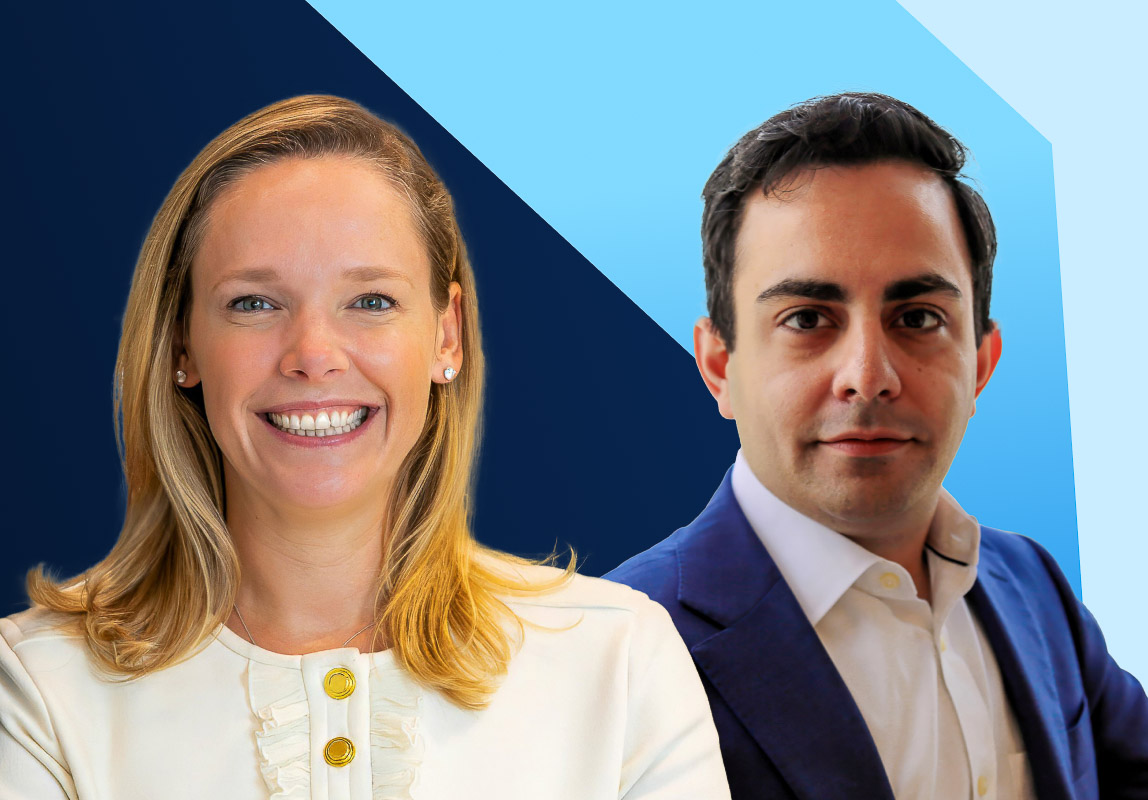
“When I decided to raise my hand and hang my own shingle, I saw an opportunity to lean into energy when others were pulling back due to ESG concerns,” says Cay Freihofer, Co-Managing Partner at FIC, a female and minority-led middle-market infrastructure investment firm focused on niche opportunities across energy infrastructure and real assets. “I’ve always believed in the fundamental need to invest in U.S. energy to keep pace with the demands of modern society.”
That demand is only intensifying. According to the U.S. Energy Information Administration, electricity consumption is expected to rise by 2% in 2025 and 3% in 2026, driven in large part by the growing footprint of data centers, the expansion of semiconductor and battery manufacturing, and the soaring energy requirements of artificial intelligence and machine learning.
In addition, there is globalization in the natural gas markets centered on the Gulf Coast. “There are a lot of opportunities to invest in infrastructure, supporting the LNG export markets and bringing the tremendous natural gas supplies that we have to market,” Freihofer explains. “So, our strategy is to focus on the middle market – this large ecosystem of energy and power infrastructure – and identify opportunities to enhance the value of an asset through either expanding its capacity, leaning into growth, or even building an asset that serves a growing need of a customer base.”
Developing Critical Infrastructure
With offices in Houston and Charlotte, FIC’s strategy revolves around developing or scaling assets that can later be sold to larger infrastructure funds, which value long-term contracted cash flows and scalable platforms. “What makes us unique is our focus on the middle market,” explains Freihofer. “In infrastructure, many of the major firms have grown large and institutional, but we believe there’s a significant value creation opportunity in the middle market, much like in private equity.”
An example is FIC’s investment in the development of a greenfield natural gas pipeline. This pipeline connects natural gas producers in northern Louisiana to export markets along the Gulf Coast, positioning the investment to benefit from the increasing global demand for U.S. liquid natural gas. “We’re essentially building a toll road,” says Freihofer. “We don’t own the gas—we just create the infrastructure that allows producers to move it to market.”
What sets the project apart is its risk-mitigated structure and strategic relevance. “Our secret sauce is that we lock in long-term customer contracts – usually 10 years – before we build,” Freihofer explains. “This isn’t a ‘build it and they will come’ model. We only move forward when we’ve secured the commitments needed to deliver an appropriate return on capital.” These agreements ensure the pipeline generates stable, predictable cash flow, making it an attractive acquisition target for larger infrastructure buyers upon completion.
Beyond the financial profile, the asset fills a critical infrastructure need in a region poised for continued energy export growth. “AI, electrification, and advanced manufacturing are driving massive power demand,” Freihofer notes. “We see strong tailwinds in U.S. energy infrastructure—and this project supports that by helping bring abundant domestic gas to global markets.”
FIC is developing the asset in partnership with a seasoned project team, leading commercialization efforts, and evaluating future expansion phases. Once the system is fully operational and has demonstrated growth potential, the firm expects to exit through a strategic sale to a larger buyer, consistent with its value-add middle-market thesis.
A Partnership Years in the Making
FIC’s evolution is rooted in a long-standing professional relationship between Co-Managing Partner Cyrus Aghili and Freihofer – two investors with a shared vision for the future of energy infrastructure. The firm was born from the strategic merger of a legacy platform named First Infrastructure Capital and Freihofer’s firm, Emerald Bridge Capital.
“The original FIC platform began as part of a public engineering and construction company around 2017 or 2018,” recalls Aghili. “We raised our first fund with outside investors, and our very first acquisition was actually a deal with Freihofer’s prior firm. That’s how we met.” Their relationship quickly evolved from counterparties to collaborators, sitting on multiple boards together starting in 2019. “From those experiences, we realized how closely aligned we were,” says Aghili. “As we wound down some of our prior investments, it created the right moment to spin out of the public parent company and formalize our partnership through a combination with Emerald Bridge.”
For Freihofer, the timing and alignment were ideal. “Cyrus and I had worked closely for years, and we discovered we shared a similar philosophy on value creation and opportunity in the energy infrastructure space,” she says.
“We’re at a point in our careers where we’ve both built solid track records—and we still have 20-plus years to build something bigger.”
Cay Freihofer, Co-Managing Partner, FIC

Freihofer notes that their partnership is grounded in complementary experience and a mutual ambition to scale a purpose-built, independent firm. “When the opportunity came to combine and join forces – with FICA spinning out from its prior owner – it set the stage and gave us the foundation to build the firm we envisioned.”
Staying True to Core
While FIC sees strong momentum in U.S. energy infrastructure—driven by electrification, LNG expansion, and AI-related power demand—the firm remains clear-eyed about potential headwinds. “Interest rates definitely impact the cost of capital for our projects,” says Aghili. “But infrastructure tends to be less sensitive to near-term volatility than other industries.”
Tariffs also pose some risks, especially during construction. “Many of our operational assets are almost untouched by tariffs—we’ve analyzed that,” Aghili explains. “But when building something new, like a pipeline, imported components like steel may carry tariff costs. That said, in a project we’re evaluating now, increased costs from tariffs represent less than 5% of total costs.”
Despite these risks, FIC views energy infrastructure as relatively resilient.

“This industry is proving to be well-insulated from near-term shocks, which is why many institutional investors commit capital over long time horizons.”
Cyrus Aghili, Co-Managing Partner, FIC
“This industry is proving to be well-insulated from near-term shocks, which is why many institutional investors commit capital over long time horizons.”
Cyrus Aghili, Co-Managing Partner, FIC

However, Aghili cautions against overreliance on uncertain government incentives: “We’re staying away from projects tied too closely to government programs or tax credits – we need stability to build conviction.”
Though still a lean team of six, FIC is eyeing thoughtful growth. With plans to expand to 11 or 12 investment professionals, the firm is building the foundation for a broader platform—one capable of scaling in tandem with its ongoing successes in the market. “Our hope is that in five years, we’ll have grown not just in size but in scope—potentially expanding into complementary products or other parts of the investment value chain,” says Aghili. “That growth will be driven by the momentum of what we’re building now.”
For Freihofer, that vision remains grounded in domain expertise and discipline. “I think we have a shared vision: to create a best-in-class energy power investment firm with the true experience, development, and growth in the space.”

